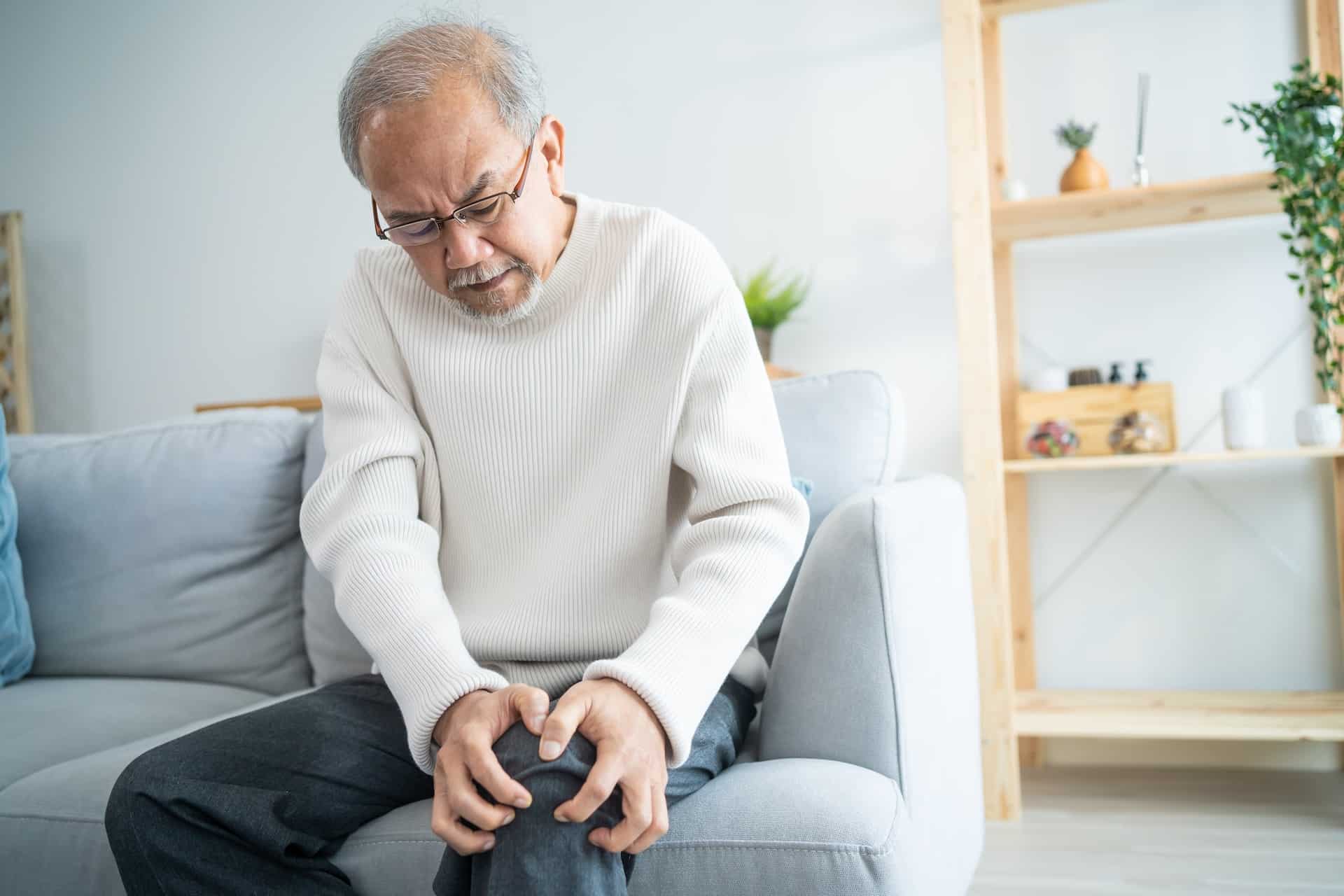Knee pain is a common ailment affecting people of all ages and activity levels in Canada. This type of pain can be challenging to manage, as it often impacts one’s ability to walk, run, and perform daily activities. Fortunately, acupuncture is emerging as a promising treatment option for those suffering from knee pain.
That said, let’s explore the common causes of knee pain and discuss how acupuncture may help alleviate this discomfort for Canadians:
Common Causes of Knee Pain
1. Osteoarthritis
This is the most common cause of knee pain among Canadians, particularly in individuals over the age of 50. Osteoarthritis is a degenerative joint disease that results in the breakdown of cartilage in the knee joint, leading to pain, swelling, and stiffness.
2. Tendinitis
Tendinitis is the inflammation of a tendon, which is the fibrous tissue that connects muscle to bone. In the knee, the most commonly affected tendon is the patellar tendon, which connects the kneecap to the shinbone. That said, activities that involve repetitive strain on the knee, such as running, can lead to tendinitis.
3. Bursitis
Inflammation of the bursa, a small fluid-filled sac that cushions the knee joint, can cause pain and discomfort. This issue can be triggered by repetitive motions, prolonged kneeling, or a direct blow to the knee.
4. Ligament Injuries
The knee joint is supported by four main ligaments, which can be injured during activities that involve sudden changes in direction or forceful impacts, such as sports. Such injuries can range from mild sprains to complete tears, resulting in varying degrees of pain, swelling, and instability.
5. Meniscal Tears
The menisci are two crescent-shaped pieces of cartilage that cushion the knee joint. Tears in the menisci can occur due to a sudden twist or impact, as well as degeneration over time. Regardless, meniscal tears can cause pain, swelling, and a sense of the knee “catching” or “locking.”
6. Fractures
A direct blow or forceful impact to the knee can result in a fracture of one or more of the bones that make up the joint, including the kneecap, femur, or tibia. This problem typically causes severe pain, swelling, and difficulty moving the affected leg.
Can Acupuncture Help?
If you’ve never heard of acupuncture before, acupuncture is a traditional Chinese medicine practice that involves inserting thin needles into specific points on the body to stimulate the body’s natural healing process. That being said, research suggests that acupuncture may be an effective treatment for knee pain, particularly when it comes to reducing pain and improving function in individuals with osteoarthritis.
A study published in the Annals of Internal Medicine found that acupuncture significantly reduced pain and improved function in patients with osteoarthritis of the knee when compared to a control group receiving sham acupuncture or no treatment at all. The participants who received acupuncture reported significantly decreased pain and improved ability to perform daily activities.
Another study published in the journal Acupuncture in Medicine found that acupuncture, when combined with exercise and traditional Chinese medicine, was more effective at reducing pain and improving knee function in individuals with chronic knee pain than exercise and traditional Chinese medicine alone.
So, how does acupuncture work to relieve knee pain? While the exact mechanisms are not fully understood, it is believed that acupuncture may reduce pain by stimulating the release of endorphins, the body’s natural pain-relieving chemicals. Additionally, acupuncture may help alleviate inflammation in the knee joint, which is a common cause of pain and discomfort.
Conclusion
Knee pain is a common issue faced by many Canadians, with a variety of causes ranging from osteoarthritis to injuries. Fortunately, acupuncture is showing promise as an effective treatment option for knee pain, particularly when it comes to reducing pain and improving function in those with osteoarthritis. So, if you are experiencing knee pain and are interested in exploring acupuncture as a treatment option, consult with a registered acupuncturist to discuss your specific needs and develop a personalized treatment plan!
Your Pickering Chiropractors is a chiro and massage clinic that offers back and neck pain treatments. If you are interested in acupuncture in Pickering, be sure to contact us today and book an appointment!

